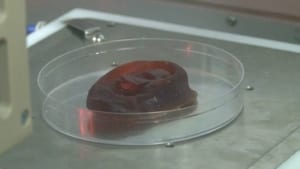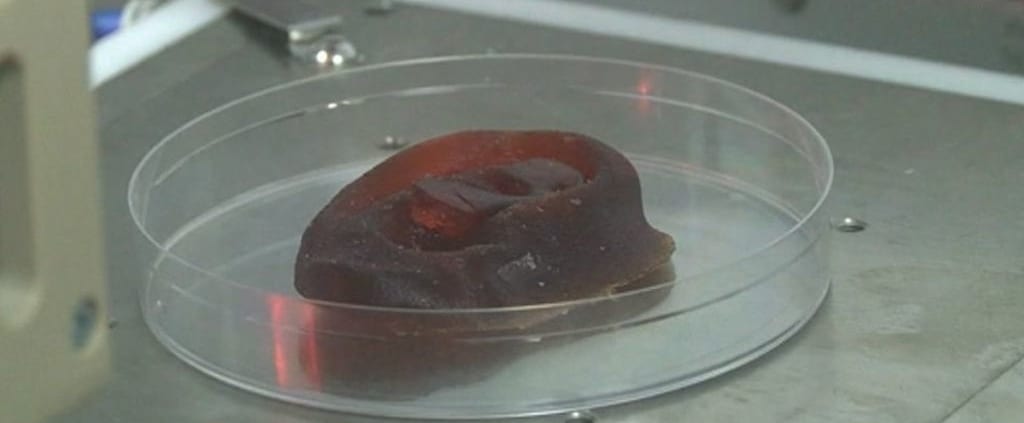An Intriguing Medical Breakthrough

Image source: BBC
I am always interested in hearing about medical advancements, so I was intrigued when I read an article from the BBC recently about cartilage being able to rebuild body parts. The article explains how in just three years time patients requiring surgery to reconstruct certain body parts could have treatment using lab-grown cartilage.
Researchers at Morriston Hospital in Swansea are hoping to be the first in the world to start using the form of treatment which involves growing “new tissue using human cells.”
So what is the actual process of this potential medical breakthrough? Put simply, someone else’s cells are put into an incubator and then mixed with a liquid. This is then 3D printed into the jelly-like shape required. The mould is then placed back into an incubator to continue to grow until it is ready for the patient.
Talking about the exciting innovation, Prof Iain Whitaker, consultant plastic surgeon at Morriston Hospital said: “We’re trialling using 3D printing which is a very exciting potential modality to make these relatively complex structures. Most people have heard a lot about 3D printing and that started with traditional 3D printing using plastics and metals. That has now developed so we can consider printing biological tissue called 3D bio-printing, which is very different. We’re trying to print biological structures using human cells, and provide the right environment and the right timing so it can grow into tissue that we can eventually put into a human. It would be to reconstruct lost body parts such as part of the nose or the ear and ultimately large body parts including bone, muscle and vessels.”
Engineers have already built a 3D printer which has been specifically designed for this kind of treatment and even though the project didn’t start until 2012, research into this field of reconstruction has been taking place for over twenty years.
If the current research is successful, patients will be able to recreate a missing body part within just two months without having to take it from another area of the body. This will have a significantly positive impact on patients who would have previously had to possibly deal with scarring and possible disfigurements.
I am excited to hear the outcome of this research.





Leave a Reply
Want to join the discussion?Feel free to contribute!